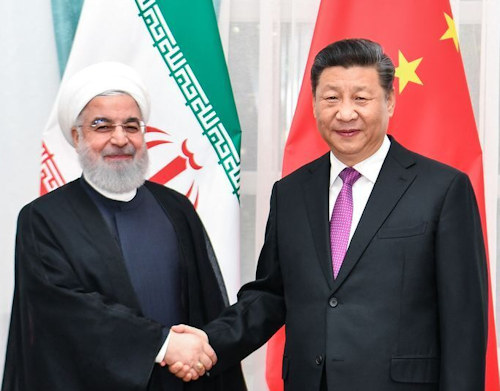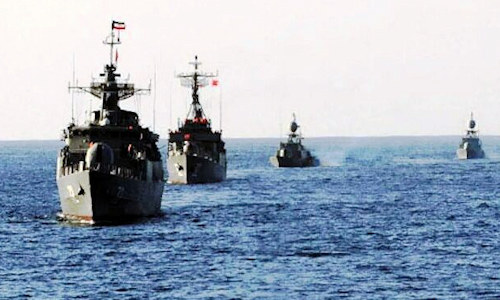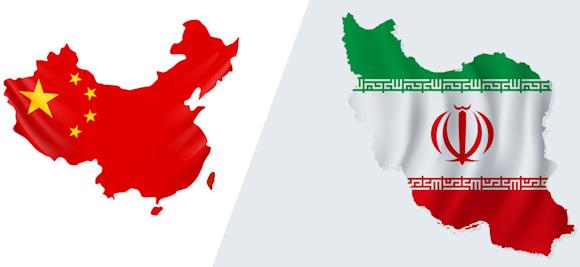The recent incident (sabotage?) Of July 2 at the Iranian "industrial site" of Natanz, about 250 kilometers south of Tehran, in which two people died and three others were injured, would seem more the result of one (yet another) action of sabotage, which the consequence of "negligent workers intent on supplying oxygen cylinders", as stated with unusual readiness by the IRNA state agency.
We will never know the truth, or maybe it will come out later, little by little.
However, it should be remembered that the same site, which for the record is a nuclear power plant, in 2006 was the victim of a cyber attack that made history, launched by the USA and Israel with a computer virus, Stuxnet1, designed specifically to disable the centrifuges control panel and prevent the detection of malfunctions.
We are now accustomed to the isolation of Iran which has become a constant in international politics for the past thirty years, which has forced the country into a condition of widespread poverty, despite being among the richest in oil.
The coronavirus, at the beginning of the year, then gave the coup de grace to an economy to the extreme: as we write, the country firmly occupies the eleventh position in the ranking2, with over 281 thousand positive cases and just under 15 thousand deaths.
 In such a situation the news, announced a few days ago by the New York Times, of an imminent agreement with China should not be surprising.
In such a situation the news, announced a few days ago by the New York Times, of an imminent agreement with China should not be surprising.
Some signs had already leaked in 2016, during Xi Jinping's visit to President Hassan Rouhani and supreme leader Ali Khamenei, whose discussion points included an agreement "Global strategic partnership between the Islamic Republic of Iran and the People's Republic of China".
The draft, which must be said has not yet been signed by the parties (will be ratified in 2021), would provide for "long-term" collaboration, in terms and ways that have not yet been announced, but which affect the financial field (liquidity transfer ) and the construction of a series of strategic infrastructures, essential to give oxygen to the disastrous Iranian economy.
According to the NYT, China is ready to invest 25 billion dollars in 400 years for the construction of "high-speed airports, railways and subwaysà"And for the establishment of "free trade areas".
This is a huge amount of money, useful to compensate for the condition of permanent embargo interrupted only in 2016 following the nuclear agreement wanted by Obama and reimposed by the current tenant of the White house.
In the framework of the agreement there would also be space - needless to say - for close collaboration and sharing of information data, in the field of defense and intelligence, with an attention to cyberspace, in whose dimension China proposes to provide the necessary support in Tehran.

The advantages that derive from the special agreement between the Iranian lion and the Chinese dragon are important for both sides3.
Geopolitically, the agreement consolidates the axis (Russia) -China-Iran, which had already had the opportunity to make itself known last year in the context of maneuvers4 joint ships in the Indian Ocean and the Gulf of Oman.
In this context, the main advantage for China is precisely the possibility of wedging in one of the most unstable regions of the planet, with the ability - not secondary - to condition the main regional power of the area, considerably altering the balance of forces of the quadrant .
Since Iran is a state with 2440 km of coastline, Beijing derives from the agreement a useful view of the Arabian Sea and the Persian Gulf, from which a substantial part of world oil transits every year, thus adding an additional element to the pearls ”on which the“ One belt, One road ”project is based, the new silk road with which China intends to embrace the whole of Eurasia.
Not to mention the possibility of preferentially drawing on Iranian reserves of natural gas - among the top 5 in the world - and that 15% of OPEC oil produced in the Islamic Republic: a mouthful which the most energy-consuming country on the planet could hardly give up.

For its part, Iran leaves international isolation thanks to an agreement with a country that is also a permanent member of the United Nations Security Council: an aspect that will certainly be useful when it comes to blocking in the bud (also counting on the support of Russia) the "hostile" initiatives presented in that forum by the United States.
The technological and military collaboration provided for in the treaty also represents a significant added value for Tehran, just like the access of its refining products to an almost unlimited market.
Much less so is the danger of falling into the so-called "debt trap" in which many partner countries of China have incurred over time for not having been able to honor the loans granted by Beijing for the construction of infrastructure on their territory.
This is the case of the port of Hambantota in Sri Lanka, which the local government has been forced to rent to China for 99 years, after it has failed to repay Chinese loans; but also of Pakistan, which owes 10 billion dollars to China for the construction of the port of Gwadar (the land was then leased to the Chinese government until 2059); and the Maldives, which owe about 1,5 billion dollars to China, equal to 30% of GDP.
But the list could go on and on, including many African countries: a continent in which Beijing, thanks to the withdrawal of the West, now called law.
4https://it.euronews.com/2019/12/27/manovre-navali-congiunte-di-iran-russ...
Photo: IRNA / Ministry of National Defense of the People's Republic of China












